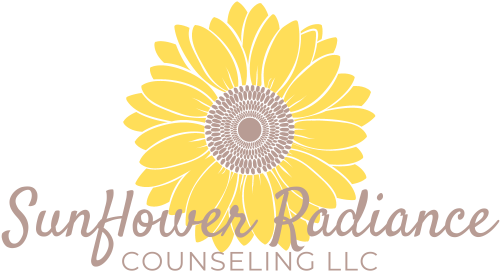The Art of Saying No: Boundaries and Self-Care
Do you often find yourself saying "yes" to requests or invitations that you really don't want to do? Do you struggle with setting boundaries with people in your life? If so, you are not alone. Many people find it difficult to say no, but learning the art of saying no is crucial for maintaining healthy boundaries and practicing self-care. In this blog post, we'll discuss why saying no is important, how to do it effectively, and tips for setting boundaries in your personal and professional life.
Why Saying No is Important
Saying no is not always easy, but it is an important skill to develop. When you say yes to everything, you can quickly become overwhelmed and over-committed. This can lead to stress, anxiety, and even burnout. It's important to learn how to say no to things that don't align with your values or goals, and to set boundaries to protect your time, energy, and well-being.
Saying no also allows you to prioritize the things that are most important to you. If you are constantly saying yes to things that don't align with your values or goals, you may be neglecting the things that truly matter to you. By saying no to these things, you free up time and energy to focus on what is truly important.
How to Say No Effectively
Saying no can be difficult, especially if you are used to saying yes to everything. Here are some tips for saying no effectively:
1. Be clear and direct: When you say no, be clear and direct about your decision. Avoid using phrases like "I'll try" or "maybe" that leave room for interpretation. Instead, say something like, "I appreciate the invitation, but I won't be able to attend."
2. Give a reason: While you don't owe anyone an explanation, giving a reason for your decision can help the other person understand where you are coming from. For example, "I can't take on any additional projects right now because I'm already at capacity."
3. Offer an alternative: If you are saying no to a request, but still want to maintain the relationship, offer an alternative. For example, "I can't attend the meeting, but I'm available for a call next week to discuss the project."
4. Practice saying no: Saying no can feel uncomfortable at first, but like any skill, it gets easier with practice. Start small by saying no to small requests or invitations and work your way up to saying no to bigger things.
Setting Boundaries
Setting boundaries is another important aspect of saying no. Boundaries are limits that you set for yourself to protect your time, energy, and well-being. Here are some tips for setting boundaries:
1. Identify your values: Your values are the things that are most important to you. By identifying your values, you can set boundaries that align with them. For example, if family time is important to you, you may set a boundary of not working on weekends.
2. Communicate your boundaries: Once you have identified your boundaries, communicate them clearly to the people in your life. This can be as simple as saying, "I'm not available to work after 6 pm."
3. Be consistent: Once you have set a boundary, be consistent in enforcing it. This sends a message that your boundaries are important to you and that you expect them to be respected.
4. Practice self-care: Setting and enforcing boundaries can be challenging, so it's important to practice self-care to maintain your well-being. This may include things like exercise, meditation, or spending time with loved ones.
Learning the art of saying no and setting boundaries is essential for practicing self-care and maintaining healthy relationships. Saying no can be difficult, but it is a powerful tool for self-care and personal growth. By setting boundaries and honoring our own needs and priorities, we can cultivate a healthier and more fulfilling life, and build stronger, more authentic relationships with those around us. Remember, saying no doesn't make you selfish or unkind – it's simply a way to protect your time, energy, and well-being. So don't be afraid to practice the art of saying no and see how it can transform your life for the better.
Provided by Cozey Prints


